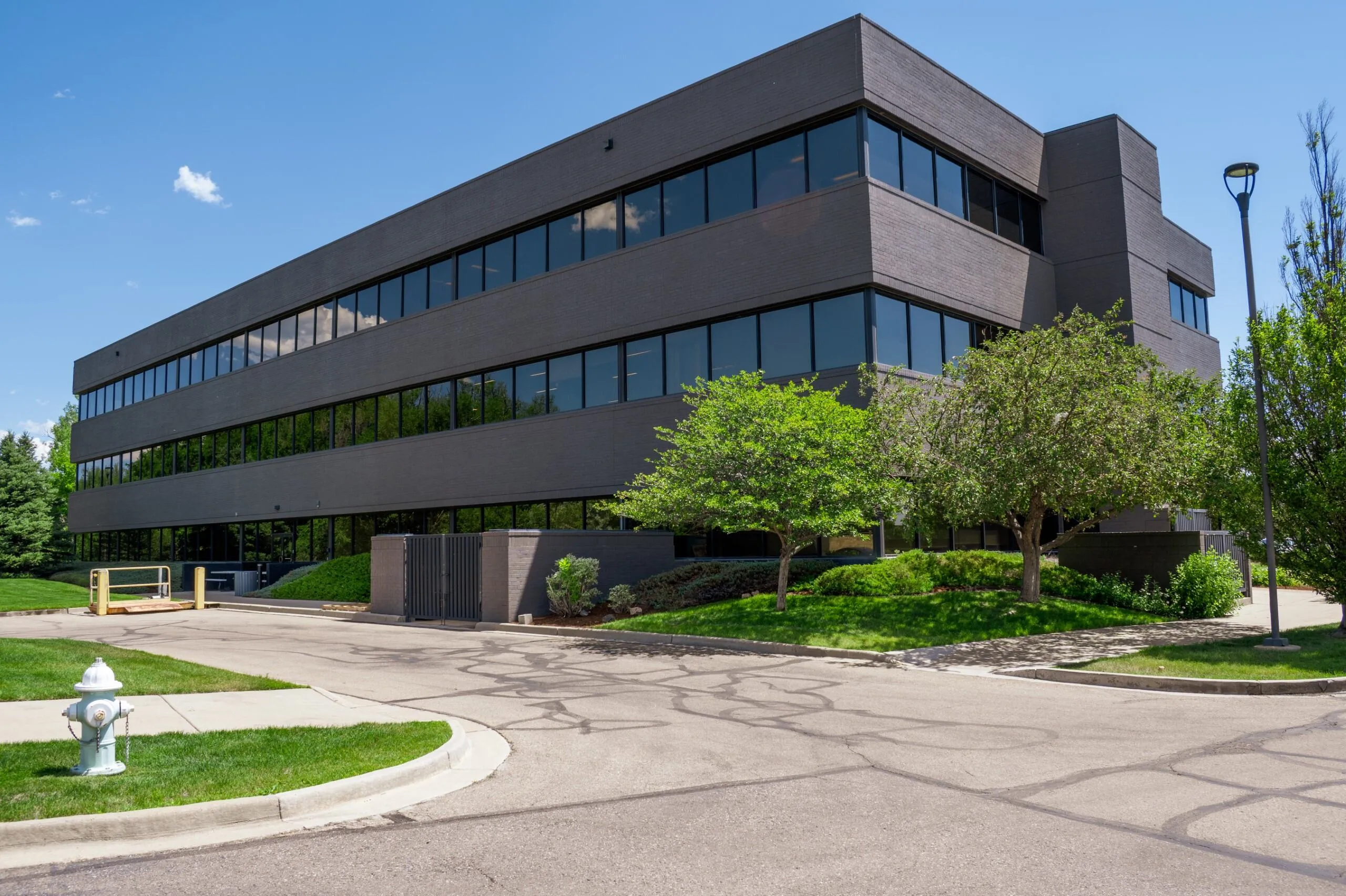Kalinski: What will the ‘new normal’ look like for real estate?
The past 16 months in Boulder Valley real estate has been an incredible (and, at times, terrifying) roller coaster ride, from almost completely shut down a year ago to an ultra-competitive buyer frenzy this spring. As one of my statistics-obsessed colleagues put it, “there are lines on all of my charts where there have never been lines before.” As we head into the heart of summer, it appears that we may be settling into a new sort of “normal,” though I use that term very loosely. In the following paragraphs, we will examine some of the likely contours of this…
THIS ARTICLE IS FOR SUBSCRIBERS ONLY
Continue reading for less than $3 per week!
Get a month of award-winning local business news, trends and insights
Access award-winning content today!



